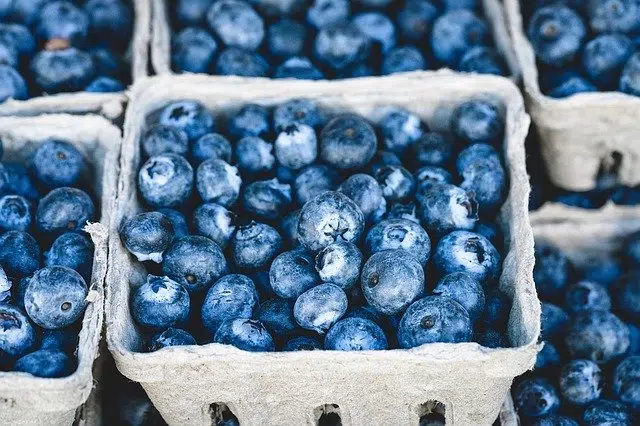
Red wine is characterized by its astringent flavor.
The adjective astringent describes what causes a sensation on the tongue that combines bitterness and dryness . The concept is also usually applied with reference to medications and foods that astringent : that is, they constipate (make the evacuation of fecal matter difficult) or that narrow the tissues .
The condition of astringent is called astringency . There are substances that have this property and that are applied to the skin with the aim of retracting the tissue; They are useful to combat bleeding and inflammation and help with the healing process. Alcohols, tannins , and bismuth salts are some of the best-known astringents.
Tannins, astringent substances
Tannins are compounds whose properties are suitable for the coagulation of the proteins present in our skin: they generate a dry layer in the digestive mucosa that provides the necessary protection against external agents, while disinfecting it by coagulating the bacterial proteins.
The tannin content of fruits begins to decrease the longer they are allowed to ripen , and the same thing happens when they are cooked. A very common example of this change can be seen when comparing the astringent taste of a raw apple with that of one cooked in the oven.
In addition to promoting skin healing, foods rich in tannins stop bleeding, are antibacterial and antioxidants.

Blueberries are astringent.
Foods with this quality
Some of the most beneficial astringent foods are the following:
* acerola : this is a particularly astringent fruit, with a tannin content ranging from 20 to 25 percent. On the other hand, it is also among the highest natural sources of vitamin C (for reference, orange has fifty times less);
* carob : it is a tree whose fruit is especially recommended to stop diarrhea processes;
* blueberries : the antimicrobial properties of this fruit help fight intestinal infections, and perfectly complement its astringent effect;
* shepherd's purse : this plant is used with great success in the external treatment of hemorrhoids;
* persimmon : a fruit that contains mucilage, very useful in softening intestinal mucous membranes. It is used to treat ailments and sores on the inside of the mouth, as well as to cure gastritis;
* false pepper tree : the bark of this tree is used externally for skin care;
* raspberry : with its leaves it is possible to make mouthwashes, antiseptics and anti-inflammatories for the skin;
* bearberry : it is also known as bearberry , and it is a natural astringent product that many use to heal wounds;
* pomegranate : among the uses of this fruit are treatments against inflammation of the stomach and intestines, intestinal worms and gastritis.
The astringent taste of red wine
As for astringent flavors , they can be found in fruits , infusions and wines . In the case of red wine, the presence of tannins makes it an astringent drink, a characteristic especially evident in stronger wines (which are those with a higher amount of tannins).
The difference in astringency between red wines and white wines is due to the characteristics of the production process that each one goes through. The grape , in white wine, is harvested when it reaches a certain maturity and is separated from its stems. For this reason, the tannins are sweet. When the sticks are not separated properly, the tannins become bitter and more astringent.
The process of making red wine, for its part, involves mixing the pulp, skins and seeds with the must, causing the tannins to give it the characteristic color and the usual astringent flavor.
